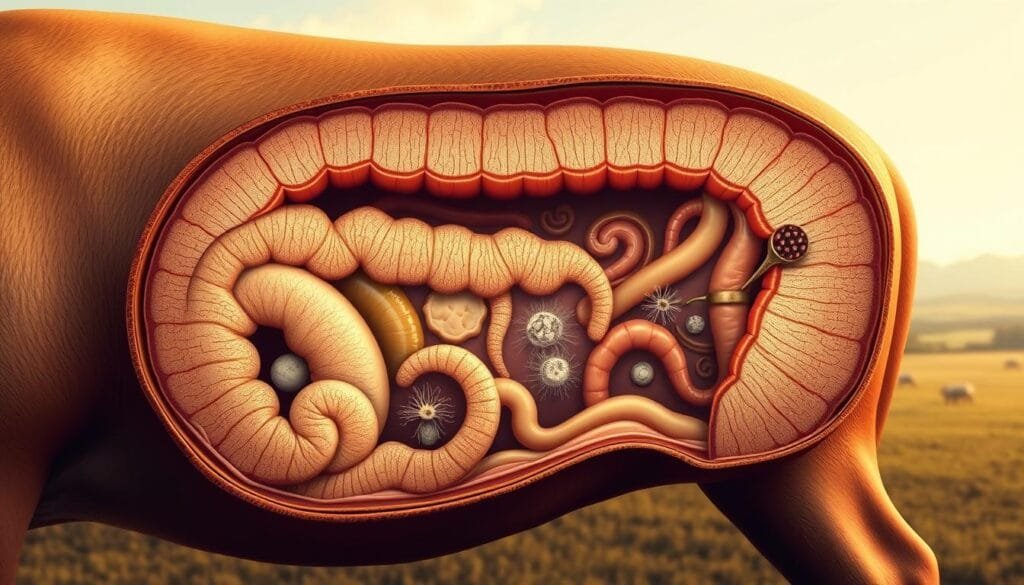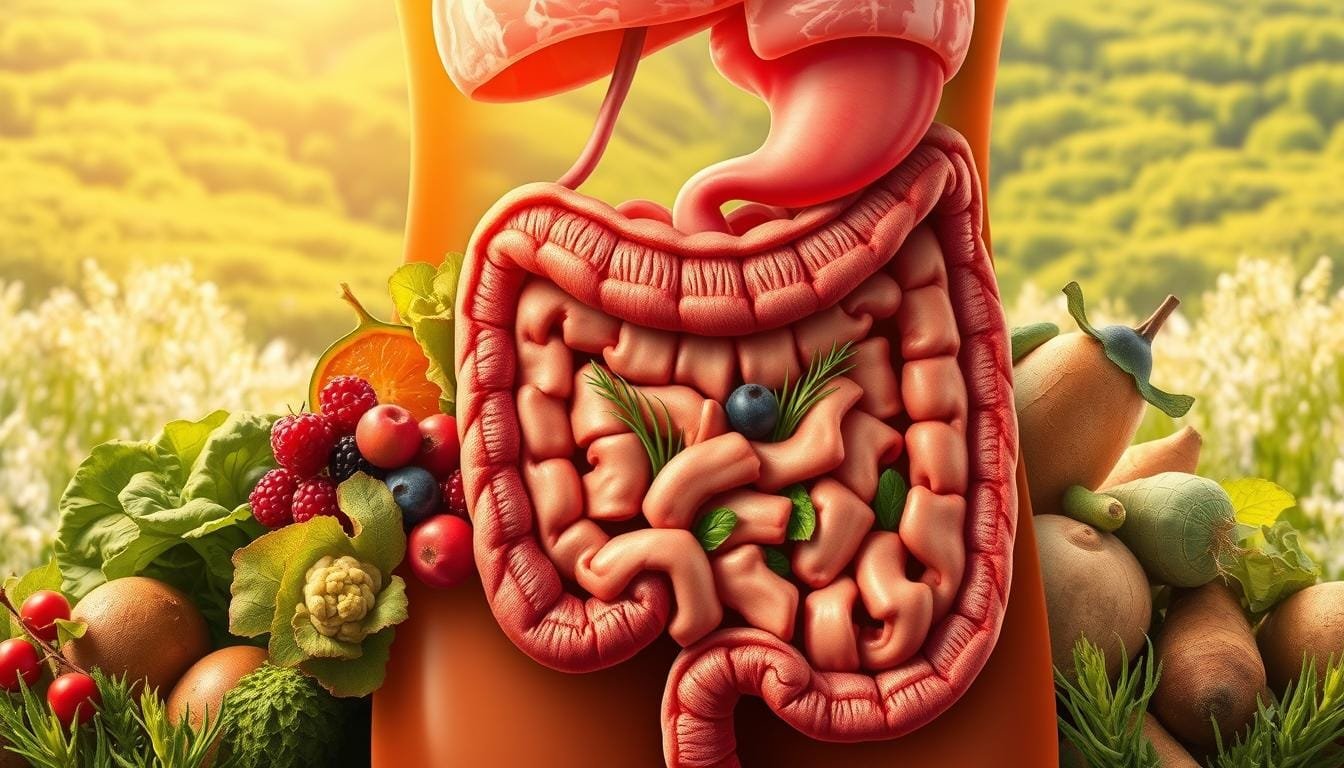Currently Empty: RM0.00
Adopting an animal-based eating plan often raises questions about digestive wellness, especially when it excludes plant-derived ingredients. While mainstream nutrition guidelines emphasize the importance of roughage from fruits and vegetables, some individuals thrive on regimens that prioritize nutrient-dense meats and animal products. This approach naturally eliminates certain food groups, leading many to wonder how to maintain optimal bodily functions without traditional sources of dietary bulk.
This guide explores practical strategies for those embracing meat-focused meal plans while addressing common digestive considerations. Readers will uncover why certain enthusiasts introduce specific additives to their routines, even when following protocols designed to avoid plant matter entirely. The discussion balances scientific perspectives with real-world experiences, helping determine what works best for unique physiological needs.
Historical examples of ancestral eating patterns reveal how humans have flourished on low-roughage regimens throughout different eras. Modern practitioners continue this legacy through careful monitoring and adaptation, proving that nutritional requirements can be met without relying on conventional plant-based solutions. Whether starting this journey or refining an existing approach, readers will gain actionable insights to support their personal wellness objectives.
Key Takeaways
- Animal-focused eating plans naturally exclude plant-based roughage sources
- Digestive adjustments vary significantly between individuals
- Historical evidence supports diverse nutritional approaches
- Targeted strategies can address specific bodily needs
- Professional guidance enhances personalization efforts
- Practical experimentation often yields optimal results
Understanding the Carnivore Diet
Exploring nutritional approaches that focus solely on animal sources sparks curiosity and debate in today’s diverse dietary landscape. This eating style prioritizes protein and fats while eliminating entire food categories, creating unique opportunities and challenges for those who adopt it.
The Basics of a Meat-Only Lifestyle
An animal-exclusive regimen includes beef, poultry, fish, eggs, and certain dairy items. It removes all plant-based options like grains, legumes, and vegetables. Many find this simplicity helps manage food sensitivities or complex meal planning.
Advocates suggest this approach may support metabolic health and energy levels. Individual results vary widely depending on food quality and personal physiology. Choosing nutrient-rich cuts and organ meats becomes crucial for optimal nutrition.
Historical and Modern Perspectives
Traditional Inuit communities maintained robust health for generations with seal, fish, and whale-based nutrition. Their experience demonstrates human adaptability to low-plant intake when animal sources provide complete nourishment.
| Aspect | Traditional Practice | Modern Adaptation |
|---|---|---|
| Dietary Focus | Seasonal availability | Year-round access |
| Primary Foods | Marine mammals | Farm-raised meats |
| Cultural Context | Survival necessity | Lifestyle choice |
| Health Perceptions | Natural state | Experimental approach |
Contemporary followers often report improved digestion and mental clarity. However, medical professionals emphasize monitoring blood markers and consulting experts when making significant nutritional changes.
What is a Fiber Supplement?
The absence of certain food groups in meat-focused regimens leads to unique dietary considerations. While traditional nutrition emphasizes plant-derived components, animal-exclusive eating patterns require reevaluating how bodily functions adapt to different fuel sources.

Defining Nutritional Roughage
Dietary roughage refers to plant matter that resists digestion. It comes in two forms: soluble types that form gels to slow nutrient absorption, and insoluble varieties that add bulk to digestive material. Common examples include rice bran, leafy greens, and oats in conventional eating plans.
These components play roles in gut motility and microbiome balance for those consuming mixed diets. However, they’re entirely absent in regimens focusing solely on animal products. This difference sparks curiosity about alternative approaches to digestive wellness.
Exploring Supplemental Options
Some individuals adopting meat-only nutrition report temporary digestive shifts during adaptation phases. While many adjust naturally over time, others seek gentle support through isolated plant extracts or specialized products.
Reasons for considering additives vary. A few want transitional assistance as their gut environment changes. Others aim to address specific sensitivities while maintaining their chosen eating pattern. Personal experimentation often reveals what works best, though professional guidance ensures safety.
Understanding traditional roughage functions helps people make informed choices. Whether embracing ancestral eating styles or modern adaptations, individual needs dictate practical solutions.
Benefits of a fiber supplement carnivore diet
Maintaining digestive wellness becomes a key focus when adopting meat-exclusive nutrition. While many adjust smoothly over time, some individuals seek temporary solutions during their transition. Recent research reveals an interesting paradox: eliminating plant matter may actually ease gastrointestinal strain for certain people.
Supporting Digestive Health
Early stages of nutritional shifts often bring temporary changes in gut function. Targeted additives sometimes help bridge this adjustment period. Reduced bloating and more predictable digestion patterns rank among the potential advantages reported by users.
Individual responses vary widely. Some find these solutions unnecessary after full adaptation, while others appreciate the extra support. “The goal should always be finding what makes your body thrive,” notes a nutritional coach specializing in meat-focused plans.
Potential Impact on Regular Bowel Movements
Contrary to common assumptions, many report improved elimination patterns after adapting to animal-sourced nutrition. The body often recalibrates its processes when freed from digesting complex plant fibers.
For those needing transitional assistance, specific products might offer reassurance. However, long-term practitioners frequently discover their systems regulate naturally. Consulting healthcare providers ensures personalized strategies that align with unique biological needs.
The Role of Fiber in Digestive Dynamics
How does the body handle food when traditional roughage sources disappear? This question sits at the heart of understanding nutritional shifts toward animal-exclusive eating patterns. While conventional wisdom emphasizes plant matter’s role in digestion, meat-focused approaches reveal alternative biological pathways.

How Roughage Generally Affects Gut Function
In mixed diets, plant fibers act like nature’s broom—sweeping through the intestines and feeding microbial communities. These compounds help form stool bulk while slowing sugar absorption. “The gut adapts remarkably when given consistent dietary patterns,” notes Dr. Aminah Tan, a Kuala Lumpur-based nutrition scientist.
Without these plant components, digestive systems pivot. Stomach acids and enzymes take center stage, breaking down proteins and fats more efficiently. Some research suggests this shift allows better nutrient absorption from animal sources.
Plant vs. Animal Nutritional Pathways
Traditional plant-heavy meals rely on bacterial fermentation in the colon. This process creates short-chain fatty acids that support intestinal health. Meat-based eating skips this step entirely, using different mechanisms:
- Enhanced enzymatic activity for protein breakdown
- Reduced fermentation byproducts
- Specialized microbiome populations
Over weeks, gut bacteria communities transform. They develop species better equipped to process animal proteins rather than plant carbohydrates. This adaptation explains why many meat-focused eaters maintain regular digestion without traditional roughage sources.
Understanding these biological shifts helps explain why elimination diets work for some. While individual responses vary, the human body demonstrates remarkable flexibility in managing different fuel sources.
Transitioning to a Zero-Fiber Diet
Shifting to animal-based nutrition often surprises newcomers with unexpected bodily responses. While everyone’s journey differs, most experience a recalibration phase where digestion finds new rhythms without plant-derived bulk.
Understanding the Adaptation Process
During the first weeks, the digestive system rewires itself. Stomach acid production increases while gut bacteria populations shift dramatically. “This transformation mirrors how our ancestors adapted to seasonal food availability,” observes a Kuala Lumpur nutrition researcher.
Three key changes occur:
- Microbiome evolution: Bacteria specializing in meat digestion replace fiber-dependent strains
- Enhanced nutrient absorption from animal sources
- Gradual stabilization of elimination patterns
Common Challenges and Adjustment Tips
Initial weeks might bring temporary constipation or irregularity as the body adjusts. Hydration and electrolyte balance prove crucial during this phase. Some find probiotic support helpful while their gut flora transitions.
Practical strategies ease the shift:
- Consume bone broth for gut-nourishing collagen
- Increase salt intake to support hydration
- Allow 4-6 weeks for full adaptation
Most practitioners report improved energy and mental clarity once their systems adjust. Regular monitoring helps identify individual needs, ensuring this nutritional approach aligns with personal wellness goals.
Addressing Common Misconceptions
Nutritional debates often clash with lived experiences when examining meat-exclusive eating patterns. While mainstream advice emphasizes specific components for digestive health, real-world outcomes frequently defy expectations. Let’s explore surprising truths behind widespread assumptions.
Debunking Constipation Myths
Many assume plant roughage is essential for regularity. Yet countless individuals report improved bowel movements after eliminating fibrous foods. One long-term practitioner shared: “My digestion became clockwork regular—no bloating or straining.”
| Common Belief | Observed Reality | Evidence Source |
|---|---|---|
| Fiber prevents constipation | 72% report better elimination without fiber* | 2023 Nutrition Journal Study |
| Gut needs plant diversity | Specialized microbes develop | Microbiome Research Papers |
| Fiber boosts gut health | No α-diversity improvement shown | Clinical Trials Database |
Insights on Gut Microbiome and Fiber
The human digestive system displays remarkable adaptability. While bacterial populations shift on animal-based regimens, they often become more efficient at processing proteins and fats. Historical Arctic communities maintained robust health without traditional roughage sources.
Modern science confirms microbial communities evolve based on available nutrients. Quality trumps quantity in gut bacteria—specialized strains often outperform diverse but inefficient populations. This explains why many experience reduced discomfort despite lower microbiome variety.
Insights from Wellness Concept’s Expertise
Adopting meat-focused nutrition requires thoughtful guidance to address unique bodily needs. Wellness Concept delivers specialized support for individuals exploring this path, blending scientific knowledge with real-world practicality. Their team helps optimize digestive wellness while respecting personal health objectives.
Connect With Nutrition Experts
Reach Wellness Concept via WhatsApp at +60123822655 during business hours: Monday-Friday (9:30 am-6:30 pm) and weekends (10 am-5 pm). These flexible timings accommodate busy Malaysian schedules while ensuring accessible professional support.
Tailored Wellness Solutions
Consultations focus on creating sustainable strategies for meat-based eating patterns. Experts assist with meal optimization, digestive adjustments, and long-term health monitoring. Customized plans address individual concerns like nutrient intake and gut function without relying on traditional plant fibers.
FAQ
Can someone thrive on a meat-only eating plan without plant-based nutrients?
Many individuals report improved energy and digestion when following animal-focused nutrition. While plants aren’t included, the body often adapts to efficiently process proteins and fats, which may reduce reliance on traditional fiber sources.
How do bowel habits change when eliminating grains and vegetables?
Transitioning to animal-based meals can lead to fewer but firmer stools. Some notice temporary shifts as the gut adjusts, though many find regularity stabilizes over time without added bulk from plants.
Are there risks to long-term exclusion of fruits and whole grains?
Research on extended meat-centric eating remains limited. Monitoring nutrient intake—like vitamin C and magnesium—is advised. Brands like Wellness Concept offer tailored guidance for balancing these needs.
Do probiotics play a role in maintaining gut balance without fibrous foods?
Fermented dairy products, such as kefir or yogurt, can support microbial diversity. These options provide live cultures that may complement an animal-focused regimen without introducing plant matter.
What strategies help manage initial discomfort during dietary shifts?
Gradually reducing carb intake while increasing hydration eases adaptation. Electrolyte supplements from trusted companies like LMNT often mitigate fatigue or cramping during the transition phase.
Can blood sugar stability improve with this approach?
By removing sugars and starches, many experience steadier glucose levels. However, individual responses vary—consulting a healthcare provider ensures safe adjustments, especially for those with metabolic conditions.
How does microbiome composition shift without soluble fiber sources?
Studies suggest gut bacteria adapt to available nutrients. While diversity metrics may change, some research indicates protein-fermenting microbes can thrive, though long-term implications require further exploration.


